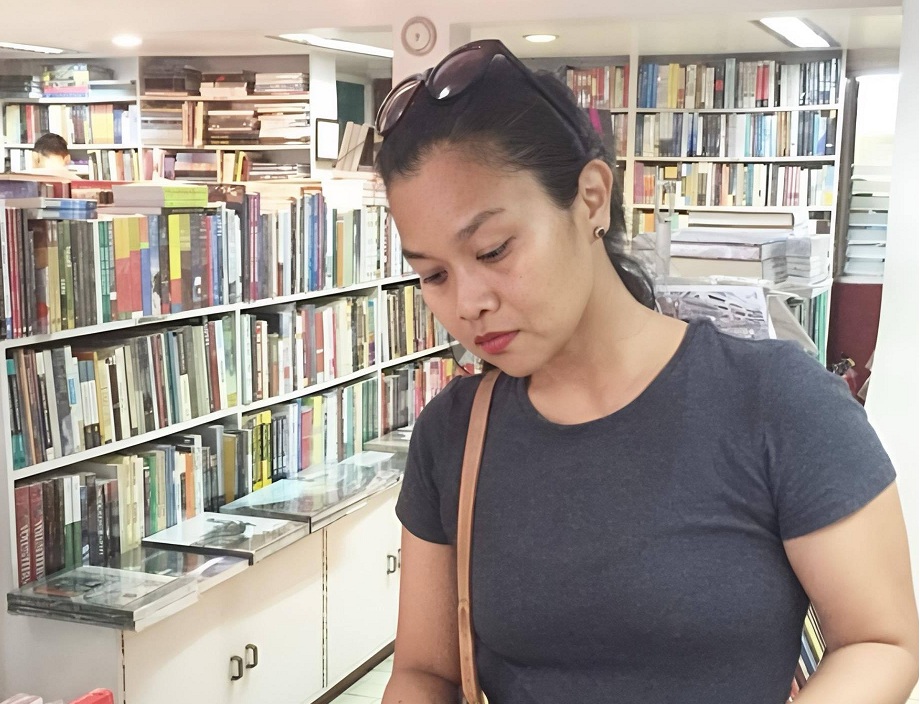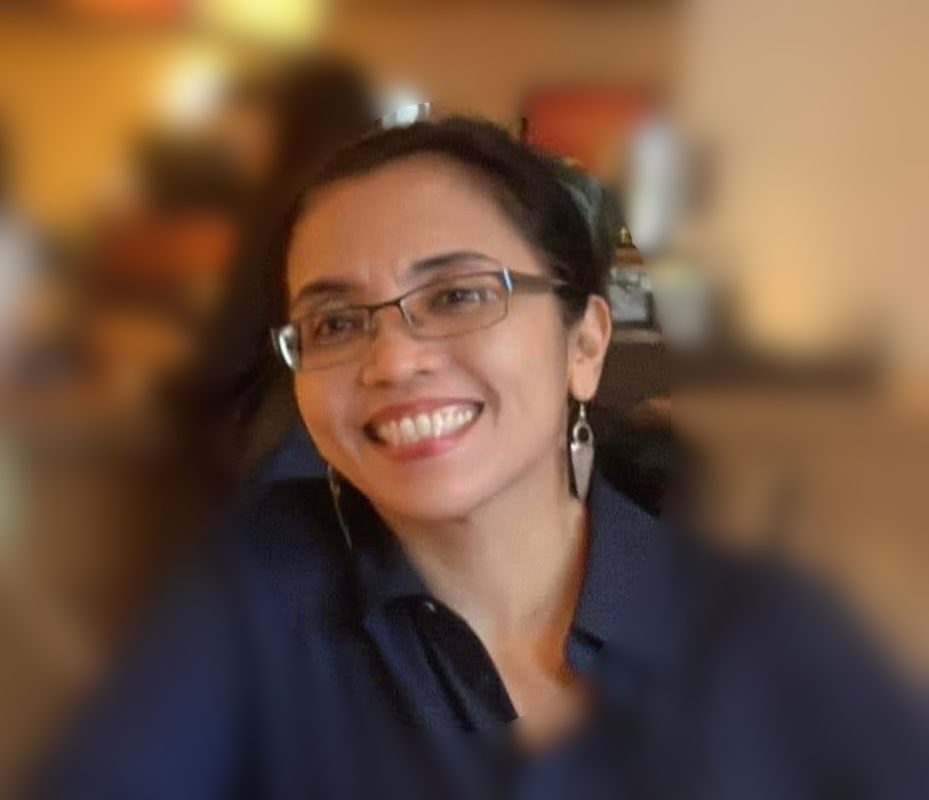The new school year is beginning soon, and one wonders if there’ll be a notable difference in students’ reading comprehension. It has long been concluded that reading is not a strong suit of Filipinos, as apparently proven by the literacy level that’s always at rock bottom compared to that in neighboring countries. The Philippines has been facing a reading crisis for years. Can it be remedied?
International studies on literacy continue to highlight the wide gap between the Philippines and other countries in Southeast Asia. The 2024 study of FLEMMS (or functional literacy, education, and mass media survey) by the Philippine Statistics Authority (PSA) underscored the illiteracy numbers, prompting Sen. Sherwin Gatchalian, chair of the Senate committee on basic education, to make a crucial connection: “Breaking the cycle of poverty [will be] very difficult if we have problems with … basic and functional literacy.”
But the problem lies not only with those who can’t read. For example, students who don’t read or, worse, loathe reading are teachers’ biggest bugbears. How can teachers resolve this quandary?
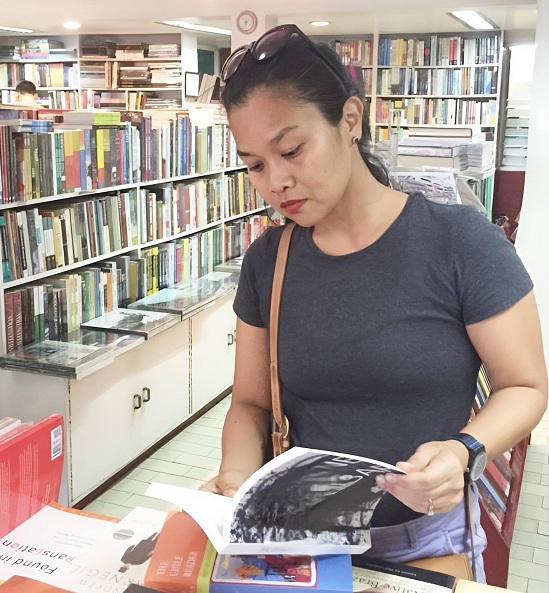
14 against 33
In the 2024 PISA (Programme for International Student Assessment) study, the Philippines got a mean score of 14 in creative thinking against the global standard of 33. According to the 2022 World Bank report on learning poverty — or the inability to read and comprehend a simple text by age 10 — 91 percent of Filipino children of late primary age can’t read and understand a simple story. Compare that with Singapore’s learning poverty, which is pegged at 3 percent.
The 2024 FLEMMS report by PSA states that 18.9 million Filipino junior high school students can read, write, and compute, or are functionally literate, but only at basic level, while some 5.8 million Filipinos can’t read and write with understanding, and compute. The FLEMMS national survey is conducted every five years.
The 2019 and 2024 FLEMMS reports differed in the definition of functional literacy. The 2019 version automatically classified high school and junior high school graduates as functionally literate. In contrast, the 2024 report redefined literate as numerate and with higher-level reading and writing skills (web.senate.gov.ph). Without the automatic labeling, the 79 million functionally literate students recorded in 2019 plummeted to 60 million in 2024.
Screen time
Dr. Marikit Alto-Uychoco, who teaches literature at the University of the Philippines Diliman, says reading among Filipinos has taken a backseat to screen time due to “the excitement for many people to carry conversations with others and dance on the Internet” — behaviors that, she says via Messenger, are learned from parents.

Another factor Uychoco mentions is the prevalence of the “poverty [of thinking] that insists everyone should have a cellphone, but not… books at home.” Given this, children grow to dislike reading because they don’t see their parents reading or enjoying reading, she says.
Dr. Mesándel Virtusio Arguelles of the De La Salle University faculty shares Uychoco’s view. In an e-email interview, he points out that other easier, entertaining media forms have superseded reading. This situation is compounded, he says, by the inaccessibility of reading materials particularly in the few public libraries, insufficient/outdated reading materials, and dearth of reading programs.
Price is another factor: “Books are costly because book production is expensive,” he says. “People won’t buy books when there isn’t food on the table first.”
Colonialism
Prof. Sarah Raymundo of the Center for International Studies in UP Diliman contends that illiteracy is one of the consequences of colonialism in its past and present forms, in which one can be functionally literate yet remain unknowledgeable, unenlightened, and undereducated about people’s needs. This can only be undone through social transformation, she says.
In an e-mail interview, Raymundo traces the beginning of literacy (and illiteracy) to the reading and “recording of issues resolved in the areas of food production, technology, and shelter in relation to nature.” She explains: “European colonists in their so-called journals highlighted the illiterate, primitive people who lived on continents rich in resources, i.e., Africa, Asia, and the Americas. [Meanwhile], the colonized didn’t voluntarily succumb to colonial violence; they resisted it by using weapons such as pens, swords, and guns.”
She cites the Filipinos’ resistance to colonization through the poetry and novel “Florante at Laura” of Francisco Balagtas, who was “twice imprisoned because of his anti-colonial sentiments,” and the works of Jose Rizal and Andres Bonifacio, who were both executed (the latter particularly for the national revolution he led that dismantled Spanish colonialism).
“[Rizal and Bonifacio] wrote and read their way to liberation,” Raymundo says, stressing that the Philippines’ neocolonial order ban on “an anti-colonial, anti-fascist and anti-imperialist approach to independence” led to an educational system that replaced the “long indigenous tradition of revolutionary literature” which excluded the majority. Simply put, neocolonial Philippines needed to produce people across social classes who wouldn’t rock the boat.
She adds: “In the case of those who are able to get in, [it’s] a curriculum that responds to the requisites of unequal exchange on a world scale.”

Slippery slope
The classroom is a slippery slope, with teachers burdened by their job as well as indifferent students. Teachers resort to multitasking to improve their students’ basic and higher-level skills, to reverse their aversion to reading. But it’s no cakewalk either for teachers with literate students.
Arguelles admits to feeling frustrated and tired when his students announce their hatred of reading or refuse to read, Filipino texts specifically. He says it makes his job doubly hard particularly because class time is limited. Nonetheless, his word is law: Reading is a prerequisite in his classes, and required readings must be read.
To temper the strictness, Arguelles, the founder of the small, independent publishing house Grana Books, makes reading enjoyable for his students through strategies like group and close readings of texts coupled with fun, in-depth discussions.
“They found the activities engaging and meaningful, and realized that reading isn’t difficult when they give it time, attention, and focus. Reading no longer felt forced and a heavy chore,” he says.
Arguelles’s game plan works because he does what he preaches. He reads and rereads authors like Kate Zambreno, Kate Briggs, Maria Gainza, Anne Boyer, Rolando Tinio, Mike Bigornia, et al. He says he reads every chance he gets despite his heavy workload.
Like Arguelles, Raymundo is a bibliophile. She reads June Jordan’s “We’re On” and “Directed by Desire” apart from the works of her favorite authors, to name a few: Nikolai Gogol, Leo Tolstoy, James Baldwin, Edel Garcellano, Jose Maria Sison, Karl Marx, Delia Aguilar, Ericson Acosta, Epifanio San Juan, and Alice Guillermo.
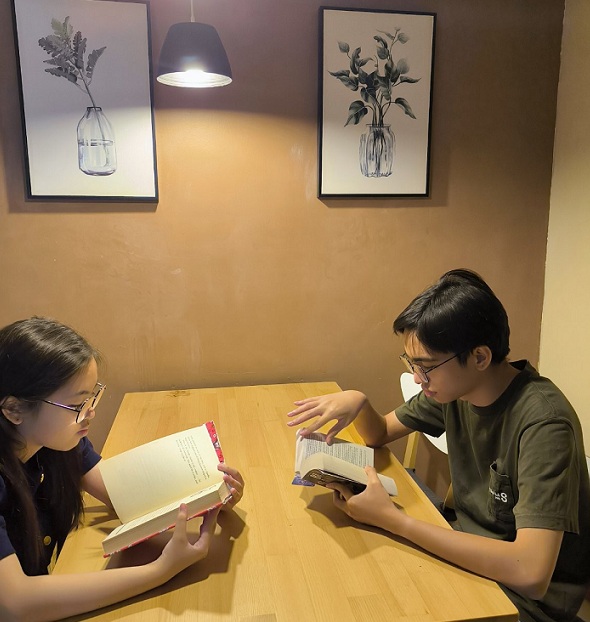
Mutual participation
Arguelles’s experience parallels Uychoco’s, whose students were more inclined towards sports and such, or had English as a foreign-language subject. Her strategies to help them included task-based language teaching, small group discussions, “scaffolding,” and student-centered classrooms.
Still, Uychoco stresses that the heart of a teacher is most important: A teacher must be genuinely interested in hearing what students have to say.
“I respond to teachers who are kind towards their students, rather than mean. A certain warmth and enthusiasm can go a long way,” she says. But she concedes that some students simply can’t be reached, and cites one of a foreign nationality who refused to study English in her foreign-language class.
“Although teaching as martyrdom is a persistent fantasy, I find this just wrong-headed as education needs participation from both teacher and student,” Uychoco says.
Raymundo’s students, on the other hand, were receptive and engaged when it came to advancing knowledge and awareness of “our situation from the standpoint of a nationalist, scientific, and mass-oriented education.” In her experience, she says, “UP students will run five miles if you ask them to run three.”
Importance of reading
Hearing teachers repeatedly say “reading is important” may seem wearisome, but it’s done to convince students that reading involves more than skimming snippets of information or SEO-compliant texts. Arguelles says reading is important because it makes people think critically and, thus, helps them in making meaningful decisions. Additionally, “reading provides rest while nurturing [the] spirit,” he says. “It slows down time, requiring one to pause and ponder, which are important in today’s fast-paced environment.”
On a personal level, Uychoco considers reading as the safe space she escaped to when she was growing up. On a professional level, it is now an academic exercise that forms one’s world view, she says. It opens people to new ideas and experiences, and connects them with others while also promoting empathy and solidarity.
Raymundo says cultivating a culture of reading in the Philippines is a high-stakes endeavor that fosters the reading of Jacinto, Bonifacio, Rizal, and Balagtas, and compels the understanding of why Filipino women like Gabriela Silang, Teresa Magbanua, Lorena Barros, and Kerima Tariman participated in the war for national independence.
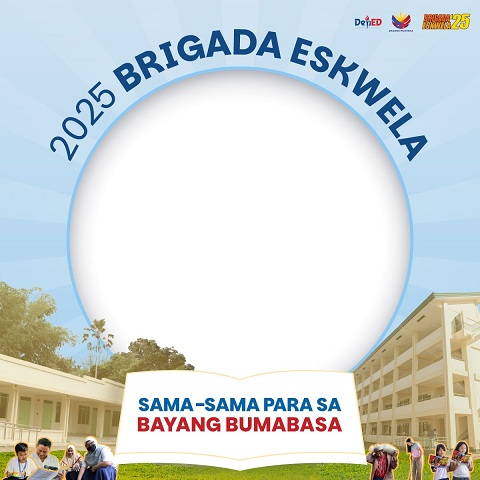
“The dispossessed and the humiliated can only gain dignity in the process of liberation,” she declares.
Literacy advocates
Teachers can fight illiteracy, holding as they do the development of students’ skills in their hands.
To effect this, Arguelles believes they must advocate for literacy in and out of school, actively influencing students to love books and reading. This is apart from giving students access to reading materials and providing a space to talk about books. He insists that conversations on books are important because these nurture the habit of constant reading and help in processing thoughts about the things students read.
Having said that, he also says “advocating for literacy doesn’t come easily, more so exerting extra effort to help alleviate the illiteracy problem” because of the problems that teachers face, such as lack of support, time, and energy to even read for themselves.
Uychoco agrees with Arguelles, and credits her MA thesis adviser Dr. Rosario Alonzo for the nugget of wisdom on a teacher’s singular role of “[seducing] students into falling in love with literature.” It has since been her guiding light in teaching.
“We need them to rediscover the joy of reading and part of this is creating a safe space for [them] to read and express themselves,” she says. But she warns against making reading comprehension and literary appreciation all about rote memorization, and advises teachers to focus on interesting conversations about characters and plots and issues in society.
“This will make what [the students] read relevant to their lives and show the connections between what they read and their experience,” she says.
Raymundo sees the teacher’s role as effecting a curriculum that transcends the classroom and learns from people’s struggles. Putting into practice a decolonial curriculum with lessons of delinking from an exploitative, repressive global system is one way to address illiteracy, she says.
Such a curriculum, she elaborates, “involves reading, writing, and discussing current social issues from the standpoint of the history of national liberation in all of its facets, including the anti-colonial struggle, and the anti-imperialist and anti-fascist movements, and the roles played by people like peasants, workers, semi-proletariat women, LGBQTA+, youth, Indigenous Peoples, the Moro people, et al. in the national struggle.”
Strong commitment
Solving the illiteracy problem demands a strong commitment not only from the teachers but also from education officials. Teachers can undoubtedly do better at honing students’ reading skills if persistent issues — low pay, inadequate facilities, heavy teaching load/duties — are worked out. Significantly, it behooves the concerned officials to ensure that teaching affords teachers sufficient pay for their upkeep (to eliminate the need for side jobs) and balanced time between classroom and home. Needless to say, teachers are constantly on the ground and need regular self-care and self-development to be able to teach properly.
Illiteracy won’t vanish overnight and commitment goes beyond lip service. The first step — acknowledging the reading crisis in Filipino students — is done. The next steps must, first, alleviate teachers’ taxing circumstances so they can focus on teaching; second, rebuild the schools’ curriculum and literacy programs; and, third, strengthen teachers’ ranks.
The prospect of Filipino students profitably reading is possible. If it comes to fruition, they may come to understand Voltaire, and “realize how much stupid stuff the vulgar herd is content to swallow every day.”
